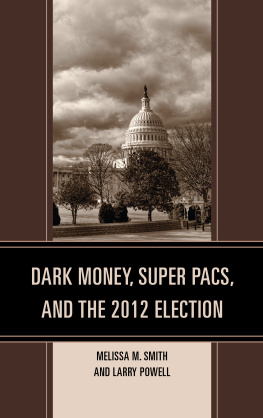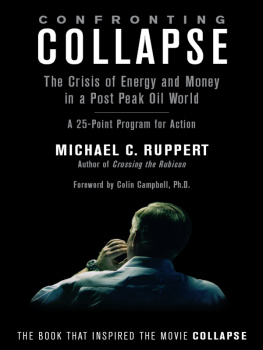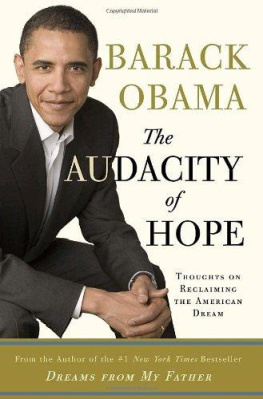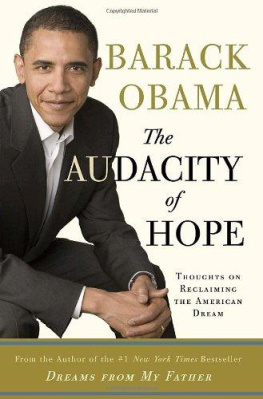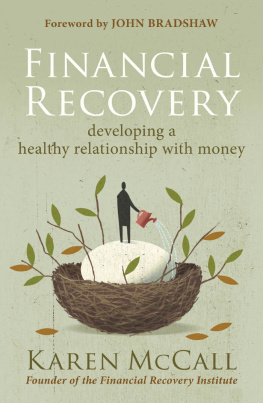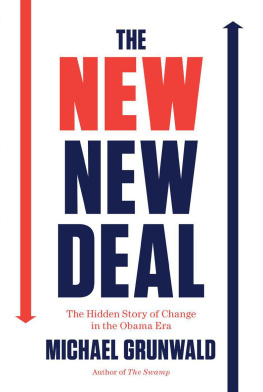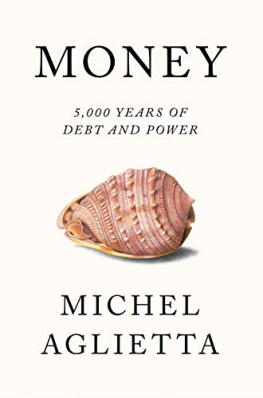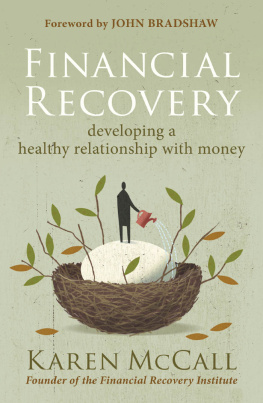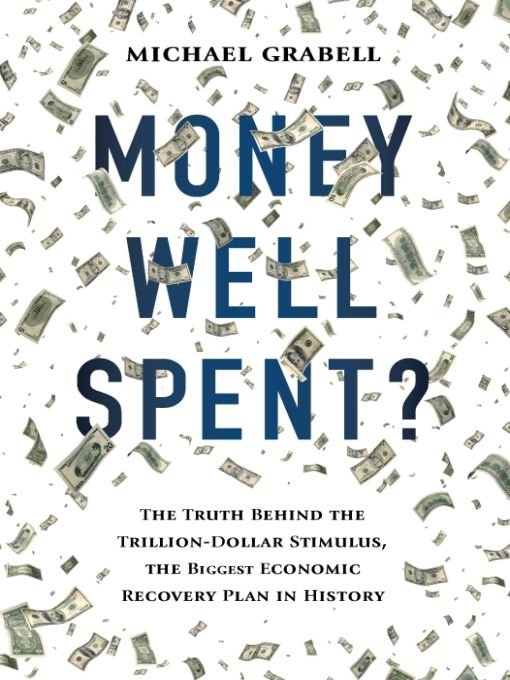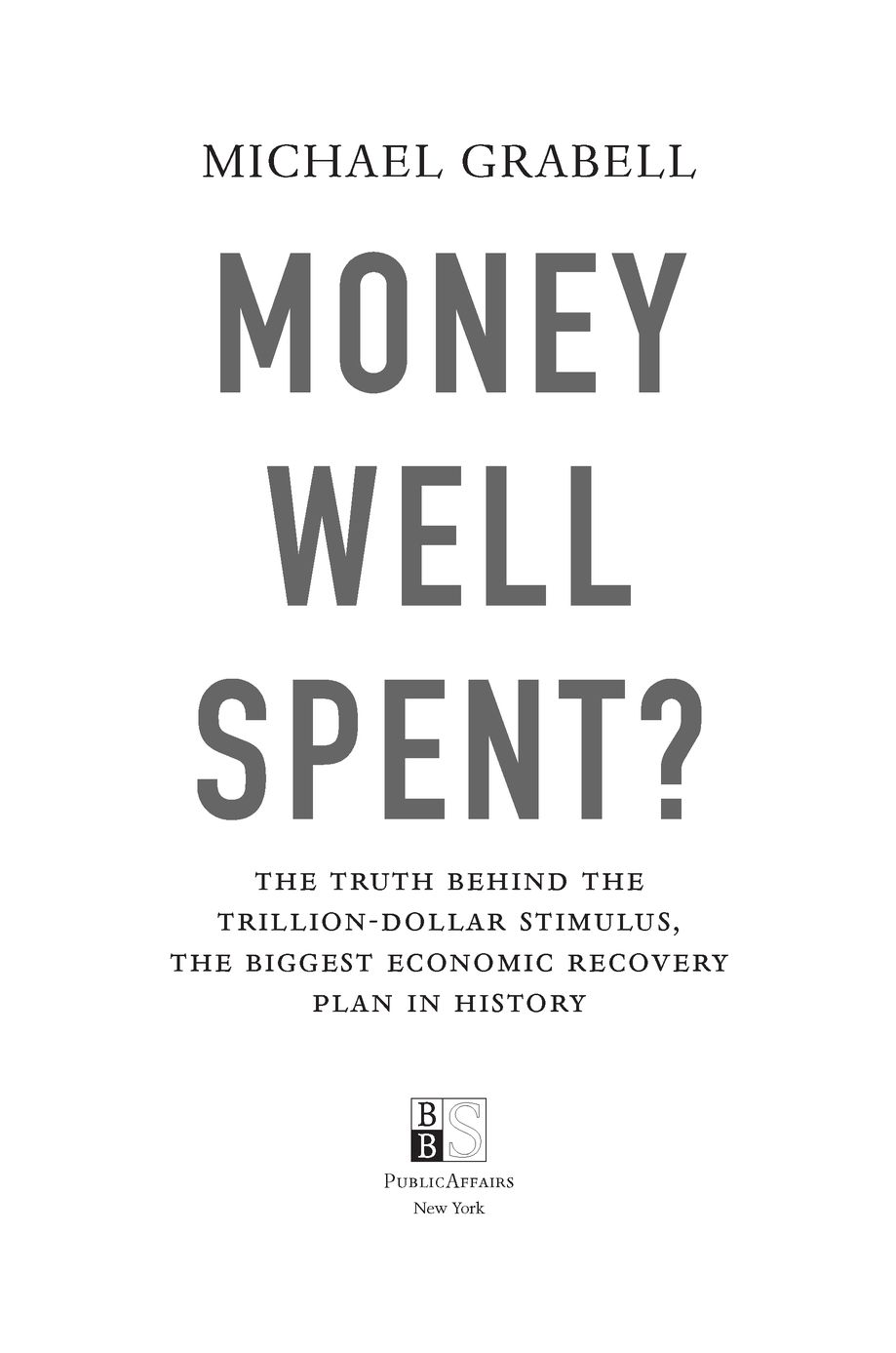Table of Contents
TO LAURA
INTRODUCTION
THE AMERICAN RECOVERY AND REINVESTMENT ACT was the largest economic recovery plan in history. Better known as the stimulus, the $825 billion package passed in February 2009 included a mixture of tax cuts, safety net spending, and long-term investments in renewable energy, education, and infrastructure. Adjusted for inflation, it was nearly five times more expensive than the Works Progress Administration (WPA), credited with easing if not helping to end the Great Depression. The stimulus cost more than it did to fight the Iraq War from 2003 to 2010. It was bigger than the Louisiana Purchase, the Manhattan Project, the moon race, and the Marshall Plan to rebuild Europe after World War II. When the various extensions of stimulus provisions are taken into account, the recovery program cost well over a trillion dollars.
Seventy-five years from now, historians will still be debating the effect the federal stimulus package had in ameliorating the Great Recession, just as they do now with the New Deal. Economists and nonpartisan forecasting firms estimate that the Recovery Act created and saved 2 million to 3 million jobs. Without it, they say, the unemployment rate would have reached 12 percent and lingered in the double digits until 2012. When the last dime is spent, more than 41,000 miles of roads will be paved, widened, and improved; 600,000 low-income homes weatherized and made more energy-efficient; over 3,000 rural schools connected to high-speed Internet. A relatively small pot of education grants goaded thirty-two states to enact major reforms, such as tying teacher pay to student performance or lifting caps on charter schools. At least thirty states liberalized unemployment laws, such as opening up benefits to part-time workers, those in job training, or people who left the workforce to care for a sick relative. The stimulus created an unprecedented buzz around clean energy, popularizing the term green jobs, and turning attention to solar panels, wind turbines, electric cars, weatherization, biofuels, smart energy meters, and high-speed rail.
The Obama administration kept its own stable of superlatives on hand to describe the Recovery Act in speeches. The largest investment in education in American history. The largest investment in clean energy in American history. The most progressive tax cuts in American history. The biggest public works plan since Eisenhower approved the Interstate Highway System in the 1950s. The largest boost to biomedical research in history. The new Department of Homeland Security headquarters was the largest federal building project since the Pentagon.
Despite all these honorifics, the Recovery Act did not bring about a strong, sustainable recovery. More than four years since the start of the recession, the economy remained horrendous. Businesses were reluctant to hire. Foreclosed homes sat empty. Infrastructure was still crumbling. With nearly all the money spent, the unemployment rate was 9 percent. Including those who had settled for part-time jobs or given up, it was more than 16 percent. The middle class and the working poor were increasingly unable to make ends meet. And nothing political leaders tried seemed to get us out of the ditch.
For all its promise, the federal stimulus package became one of the most reviled pieces of legislation in recent memory. Conservatives branded it a flop and a porkfest, a radical takeover of the economy that discouraged businesses from investing and that would saddle our grandchildren with crippling debt. Liberals cried that the stimulus was too small, a flimsy and visionless cave-in to Republicans as part of a foolish foray for bipartisan support. With such polar polemics dominating the TV, radio, and Twitter, its been difficult for ordinary Americans to know what to make of what the government did with the taxpayers dime. Where did all the money go? Was the stimulus too big or too small? Did it pull us back from the brink or push us deeper into the abyss? Somewhere in between these simplified extremes lies the truth.
The stimulus was designed in three parts. First, a flood of money in tax cuts, food stamps, and unemployment checks would get consumers spending. An even greater deluge of education and health care money would stop the bleeding in state budgets. Then, a wave of shovel-ready infrastructure projects would kick in, creating new jobs repaving roads and making homes more energy efficient. As the economy got churning again, new investments in wind farms, solar panel factories, electric cars, broadband, and high-speed rail would lead America out of the recession and into a twenty-first-century economy competitive with the rest of the world.
But it didnt happen like that. The White Houses economists, like nearly every forecaster, misread the recession. The state assistance wasnt enough to plug the budget holes and, in many cases, the school aid merely delayed rather than prevented teacher layoffs. Infrastructure projects took months longer to break ground than the public had been led to believe. Such recovery as there was seemed weak, and investments in new technologies were decades away from rebuilding a manufacturing base for working Americans.
With these disappointments, the stimulus left a lasting impression on politics. Already seething from the bank bailout, the rush of public spending pushed small-government supporters over the edge, leading to Tea Party protests across the country. The early activism allowed like-minded people to find each other, organize the tax-day rallies, and coalesce into a movement that acquired more momentum as it confronted the health care reform bill in the summer and fall of 2009. In the midterm elections, Republican and Democratic shoo-ins became pariahs. Suddenly, the time-honored distinction of bringing money back to the home district became a liability. And an era of federal spending on Americas greatest challenges seemed to come to an end.
A common theme in the news coverage was that the White House bungled the message on the stimulus. This is partly true. The emphasis on shovel-ready infrastructure inspired visions of the New Deal and created the impression that the stimulus was largely a public works package. It wasnt. But the administration spent little time showing off the areas where more money was spent: the teacher whose job was saved, the middle-class family whose taxes were cut. Since the stimulus passed, Obama administration officials have gone on more than four hundred trips to attend groundbreakings, announce funding, and otherwise promote the stimulus. Each time, they told the story of a president who put Americans to work, pulled the country back from the brink, and invested in the future. The Obama team had a far better narrative, but the Republicans had better talking points. And in a world where more and more Americans got their news in 140-character chunks and in the extremes of cable TV and blogs, the story didnt matter. It was the uppercut that counted.
The bigger problem was that so much of the stimulus was invisible. More than half of the package was in tax cuts and safety net programs. The largest single item in the Recovery Act was a $116 billion tax credit for the middle class. Rather than handing out checks, the economic team felt people were more likely to spend it if they didnt notice it. So instead, it was spread out in paychecks at about $10 a week. It worked. People didnt notice it. It was also difficult to imagine the world that might have been if there had been no stimulus. If a teacher was in the classroom, no one gave the administration any credit. Money for Medicaid, unemployment checks, and food stamps meant that somewhere down the line, a nurse and a grocery clerk kept their jobs. But it was hard to see the connection.


